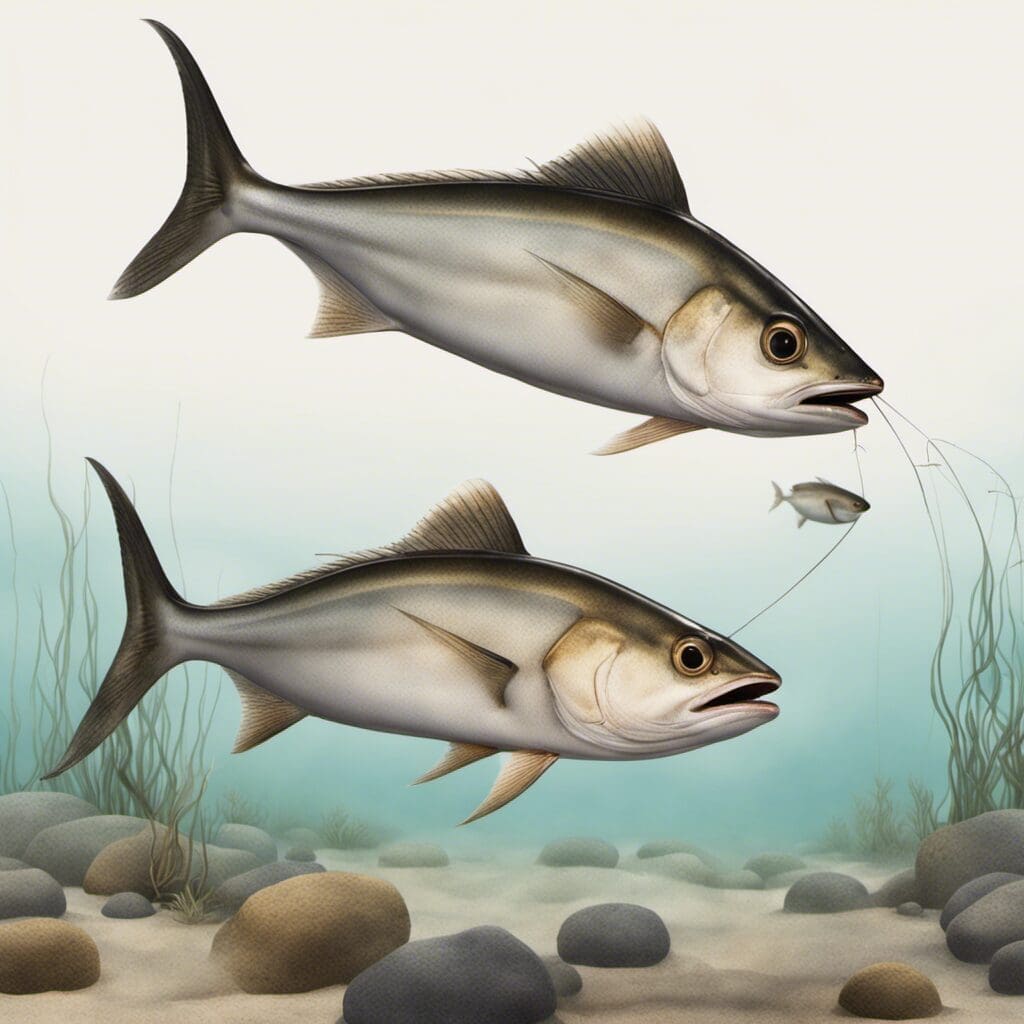Introduction
The Indian Threadfish, scientifically known as Alectis indicus, is a part of the Carangidae family. This species is commonly known for its unique silver color and its striking elongated dorsal and anal finlets that resemble threads, hence its name.
Conservation Status
The Indian Threadfish is currently classified as ‘Least Concern’ by the International Union for Conservation of Nature (IUCN). Efforts are ongoing to carefully monitor its population due to its popularity as a food and sport fish.
Statistics
| Characteristic | Average | Range |
|---|---|---|
| Length | 1 meter | 0.7-1.7 meters |
| Weight | 15kg | 5-20kg |
| Life Span | 10 years | N/A |
Distribution
This species can be found widely across the Indian Ocean, especially around coastal areas of India and Sri Lanka. Some Indian Threadfish even migrate as far as Southeast Asia, including the coastal areas of Indonesia and Malaysia.
Habitats
Indian Threadfish are typically found in warm, tropical salt waters with a depth range of 15-30 meters. They thrive in a temperature range of 24-28 °C.
When and Where to See
The best time to spot the Indian Threadfish is in the late spring and throughout the summer, especially during dawn or dusk.
Best Fishing Locations
Here are some of the best locations to catch the Indian Threadfish:
1. Andaman and Nicobar Islands, India
2. Maldives
3. Lakshadweep, India
4. Goa, India
5. Phuket, Thailand
6. Bintan Island, Indonesia
7. Johor, Malaysia
8. Langkawi, Malaysia
9. Eastern Sri Lanka
General Tips
The Indian Threadfish is often found near the surface of coastal waters, especially near coral reefs. Look for schools of small baitfish, which Indian Threadfish often hunt.
How to Catch
When it comes to bait or lures, they prefer small crustaceans or fish. Techniques that are successful include trolling and popping.
Identification Guide
The Indian Threadfish has a silver body with elongated dorsal and anal finlets. It’s similar to the African Pompano, but can be distinguished by its longer ‘thread-like’ finlets.
Culinary
This species is known for its rich, buttery flavor and firm texture. Its nutritional profile includes high levels of protein and omega-3 fatty acids. It’s a versatile fish that can be grilled, baked or fried.
Additional Information
Indian Threadfish are generally solitary hunters. They prey mostly on small fish and crustaceans. Sharks and larger predatory fish are known to feed on them.
References and Further Reading
For further information on the Indian Threadfish, the following resources and readings are suggested:
1. [FishBase](http://www.fishbase.org/summary/Alectis-indicus.html){:target=”_blank”}
2. [FAO Species Catalogue](http://www.fao.org/3/ac482e/ac482e00.htm){:target=”_blank”}
3. “A Guide to Indian Ocean Fish” by Mark V. Erdmann
4. “Fishes of the Indian Ocean” by Richard Field

